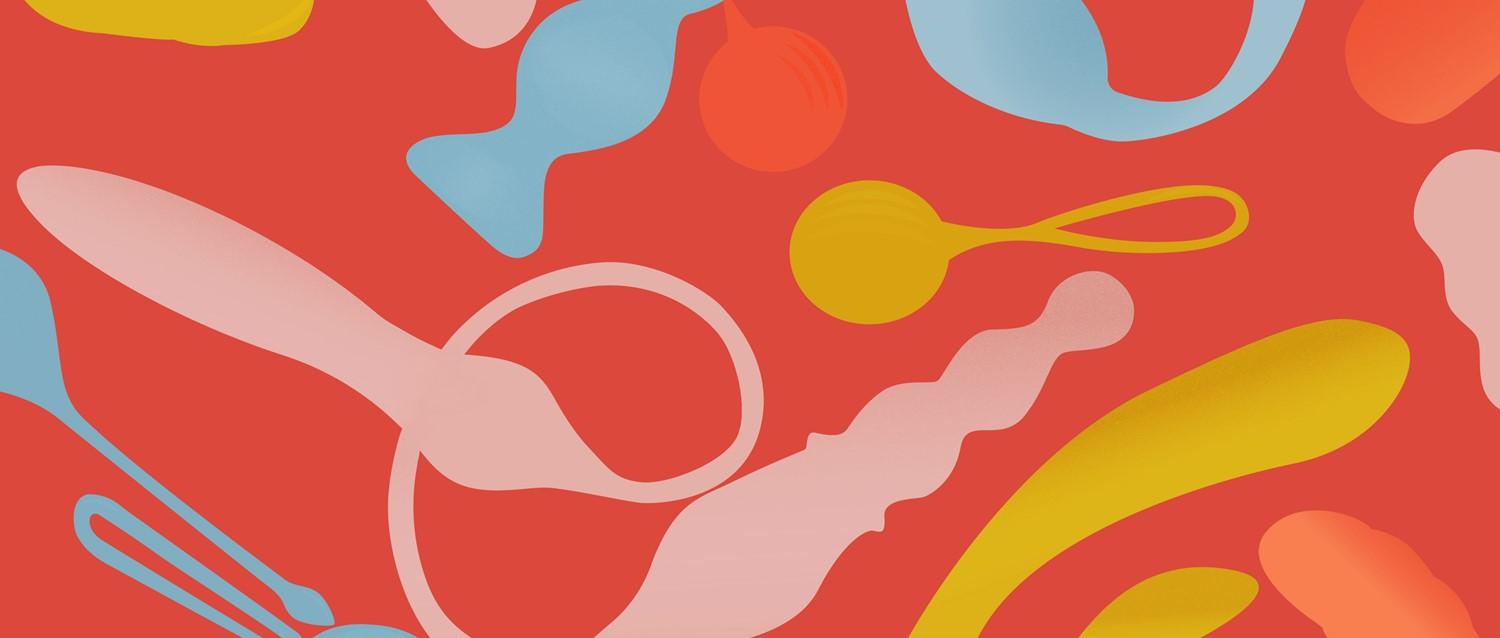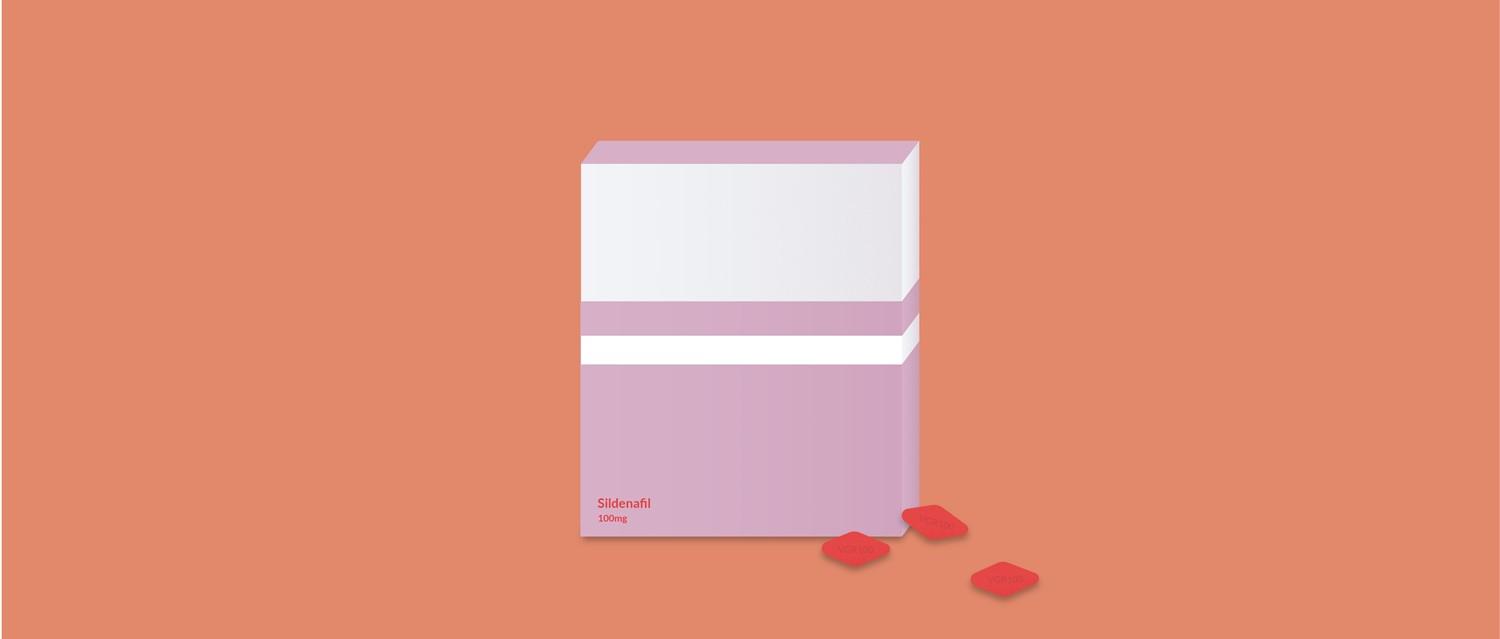
Wie man Vaginismus behandelt
Begutachtet von Dr. Sarah Jarvis MBE, FRCGPZuletzt aktualisiert von Sally TurnerZuletzt aktualisiert am 9. Oktober 2019
Erfüllt die Anforderungen des Patienten redaktionelle Richtlinien
- HerunterladenHerunterladen
- Teilen Sie
- Sprache
- Diskussion
Vaginismus is when your vaginal muscles involuntarily tighten when you try to insert something into it. It can make having sex impossible or very painful. We find out what it’s like to live with the condition and how you can treat it to alleviate your symptoms.
In diesem Artikel:
Lesen Sie unten weiter
Was ist Vaginismus?
The main symptom of vaginismus is your vaginal muscles tightening in anticipation of penetration. If you attempt penetration, it typically causes a stinging pain.
Vaginismus can happen when:
Inserting a tampon.
Having a smear test.
Attempting vaginal penetration during sex, whether with a penis, finger or sex toy.
Something is put near your vagina.
Anxiety or fears around sex are often the cause of vaginismus, so you will likely feel anxious too.
Types of vaginismus
There are two types of vaginismus: primary and secondary.
Primary vaginismus is when you’ve always experienced difficulty with vaginal penetration. This is the type that the media most often focus on.
Secondary vaginismus is when you’ve experienced normal vaginal penetration previously, but vaginismus has since developed. This can be total or partial too, where some penetration is possible, but often with pain.
Vaginismus can also occur intermittently - in certain contexts and circumstances only.
Wie man Vaginismus behandelt
NHS guidelines for vaginismus treatments focus on the use of vaginal dilators for desensitisation, psychosexual counselling, and relaxation techniques.
Vaginal dilators
These are smooth plastic devices that help to gently stretch the vaginal tissue in people who have pain during sex or penetration. They come in various sizes, allowing you to progress at your own pace.
Helen Forth is a specialist pelvic and women's health physiotherapist with 20 years' experience treating vulval pain issues like vaginismus, and hypertonic pelvic floor muscles. She says: "Always use dilators within your comfort zone and increase your tolerance slowly: the same goes with any myofascial release of the pelvic floor muscles. This is only something you should do when you've had some guidance from a specialist pelvic health physiotherapist."
Psychosexual therapy
This is a type of therapy that aims to address the psychological and physical aspects of vaginismus. It focuses on managing fear and anxiety around vaginal penetration through education and relaxation.
"What you're wanting to do is chalk up positive experiences when something is inserted into the vagina so that the brain stops anticipating that insertion relates to pain," Forth adds.
Medikation
Drug treatments for vaginismus are less common but include local anaesthetics and muscle relaxants. Injected Botox is also sometimes used, but remains an experimental treatment.
Lesen Sie unten weiter
How to treat vaginismus at home
Not all treatments for vaginismus require seeing a doctor. There are several things you can try at home to help you relax too.
Übungen für den Beckenboden
Pelvic floor exercises, (also known as Kegel exercises), strengthen the muscles that support your uterus, bowels, bladder and rectum. They can help retrain and relax the pelvic muscles to allow penetration.
Entspannungsmethoden
Relaxation techniques such as deep belly breathing, and yoga positions like child’s pose, encourage relaxation and lengthening of the pelvic floor. These techniques allow you to keep calm, leading to pain free and pleasurable penetration.
Forth says, "Using specific breathing techniques and yoga positions are a vital part of treatment too, as they encourage relaxation and lengthening of the pelvic floor. Combining all this with psychosexual counselling (if indicated) will really help."
Wo kann man Hilfe bei Vaginismus finden?
If you think you may have vaginismus, visit your doctors or local sexual health clinic to rule out any other cause of your symptoms, such as an underlying infection.
You may be referred to a gynaecologist or vulval pain clinic and can ask to be assessed by a specialist pelvic health physiotherapist. Some vulval pain clinics will offer this service on the NHS, or you can seek a private consultation.
Lesen Sie unten weiter
What causes vaginismus?
Vaginismus can be caused by physical or psychological factors, or a combination of both. These factors include:
A traumatic gynaecological examination (smear test).
A painful sexual experience.
Sexueller Missbrauch.
Medical conditions such a thrush.
Der Glaube, dass Sex beschämend und unangenehm ist.
Though distinct from vaginismus, difficulty achieving vaginal penetration can also be caused by an hypertonic pelvic floor. This is when the vaginal muscles become overactive and tight, causing pain when stretched. Forth explains:
"Vaginismus ist eine Verkrampfung der Muskeln am Eingang der Vagina. Oft beschreiben Frauen das Gefühl einer körperlichen Blockade, wenn sie versuchen, etwas einzuführen. Das ist etwas anderes als eine überaktive Beckenbodenmuskulatur, die sich die meiste Zeit in einem konstanten, chronischen Zustand erhöhter Spannung befindet, was bei einigen Frauen der Fall zu sein scheint."
Forth behandelt häufig Patientinnen mit sekundärem Vaginismus, bei denen auch Vulvodynie und vulvale Schmerzsyndrome diagnostiziert wurden. "Es kann mehr als eine Ursache geben - möglicherweise eine umfassendere Beckenfunktionsstörung zusammen mit psychosexuellen Problemen und neuropathischen Schmerzen, daher ist es wichtig, einen multidisziplinären Behandlungsansatz zu wählen, um die besten Ergebnisse zu erzielen.
Sams Geschichte
Sam Evans had secondary vaginismus for many years and still has episodes from time to time. She says the condition was triggered initially by using an intimate lubricant containing additives that contributed to recurrent bouts of bacterial vaginosis, thrush and urinary tract infections.
"Jedes Mal, wenn wir dieses Gleitmittel beim Sex verwendeten, bekam ich eine Reizung oder eine Infektion, und das führte dazu, dass ich anfing, Sex und meine Vagina negativ zu sehen", sagt sie. "Ich wollte immer noch Sex haben und versuchte, mich zu entspannen, aber meine Vaginalmuskeln waren so angespannt, dass ein Eindringen entweder unmöglich oder sehr schmerzhaft war. Irgendwie hatte ich Angst, eine weitere Infektion zu bekommen, und mit der Zeit wurden diese Sorgen zu einer Körperreaktion, die ich nicht bewusst kontrollieren konnte."
Evans suchte ihren Hausarzt auf, der Vaginismus diagnostizierte und einen psychosexuellen Ansatz zum Stressabbau vorschlug. Erst als sie den ursprünglichen Auslöser für den Vaginismus beseitigte, begann sie sich zu erholen, erklärt Evans.
"Es war die Verwendung eines Gleitmittels, das nicht reizt, die den Unterschied ausmachte, weil ich dann keine Infektionen mehr bekam und mein Körper schließlich die Botschaft verstand, dass ich mich nicht mehr verkrampfen und vor Sex schützen musste. Außerdem nahm die Erkenntnis, dass wir uns bei der gegenseitigen Selbstbefriedigung immer noch vergnügen konnten, den Druck weg, jedes Mal penetranten Sex zu haben.
Patientenwahlen für Sexuelle Gesundheit von Frauen

Sexuelle Gesundheit
Der gesundheitliche Nutzen von Sexspielzeug
The global sex toy industry is worth more than $15 billion a year and research suggests that almost half the British population admit to owning at least one product. We go beyond the pleasure principle to examine the health benefits of sex toys.
von Sally Turner

Sexuelle Gesundheit
Können Frauen Viagra einnehmen?
Seit März dieses Jahres ist das früher verschreibungspflichtige Medikament Viagra gegen Erektionsstörungen rezeptfrei erhältlich. Nach Angaben von Pfizer, dem Hersteller des Medikaments, könnte dies den schätzungsweise 4,3 Millionen Männern im Vereinigten Königreich zugute kommen, die Erektionsprobleme haben. Das Medikament, das unter dem Namen Viagra Connect (Sildenafil) vertrieben wird, erhöht die Blutzufuhr zu den Genitalien, was bei Männern zu einer Erektion führt. Seit seiner Markteinführung im Jahr 1998 hat es das Sexualleben unzähliger Männer verändert. Es überrascht vielleicht nicht, dass es auch die Neugier vieler Frauen geweckt hat - wenn es bei ihren männlichen Partnern so gut funktioniert, könnte es dann nicht auch bei ihnen "funktionieren"?
von Abi Millar
Lesen Sie unten weiter
Artikel Geschichte
Die Informationen auf dieser Seite wurden von qualifizierten Klinikern geprüft.
9 Okt 2019 | Neueste Version

Fragen, teilen, verbinden.
Stöbern Sie in Diskussionen, stellen Sie Fragen, und tauschen Sie Erfahrungen zu Hunderten von Gesundheitsthemen aus.

Fühlen Sie sich unwohl?
Beurteilen Sie Ihre Symptome online und kostenlos
Sign up to the Patient newsletter
Your weekly dose of clear, trustworthy health advice - written to help you feel informed, confident and in control.
By subscribing you accept our Privacy Policy. You can unsubscribe at any time. We never sell your data.